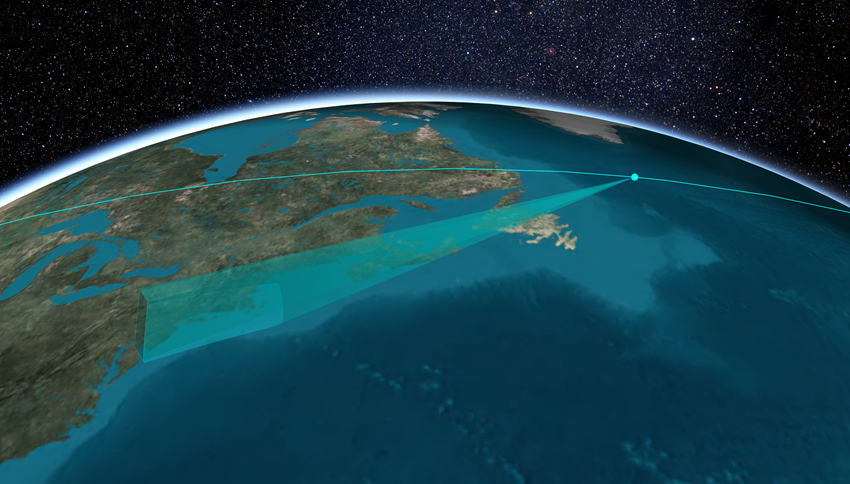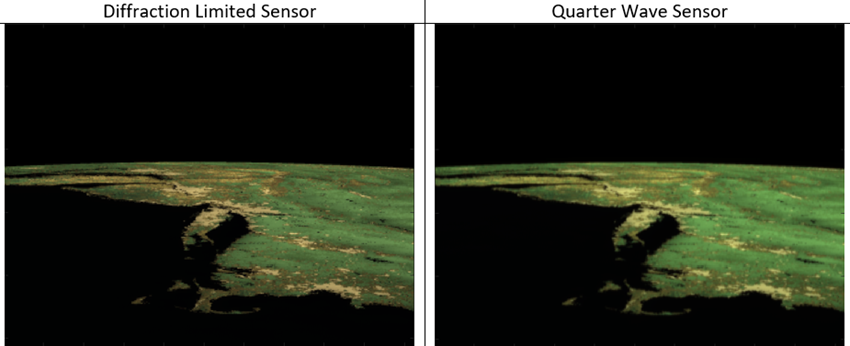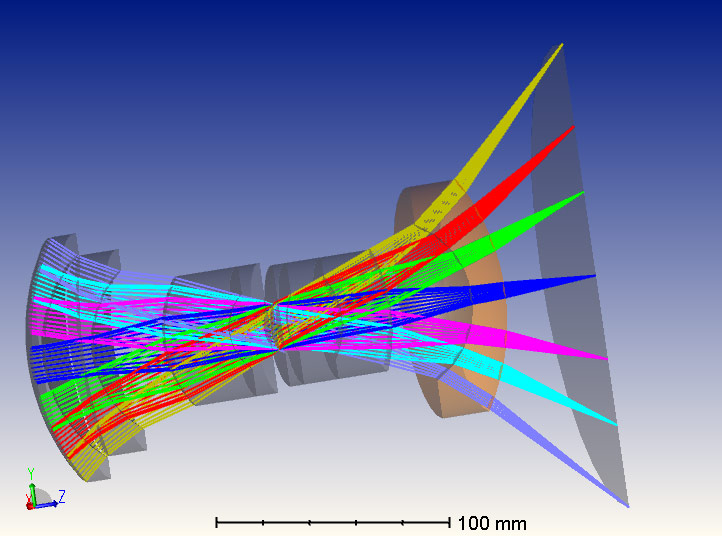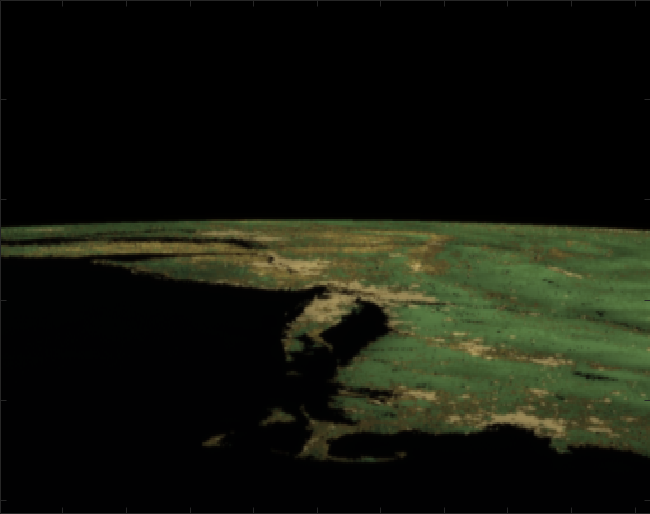How You can Take the Best Selfie from Outer Space: STK & Zemax
- Dec 27, 2021
- Blog Post
-
 Systems Tool Kit (STK)
Systems Tool Kit (STK)
Congratulations! You were just selected to be on the next commercial flight to outer space. There’s only one question you have as you’re flying over 100 kilometers above Earth, faster than the speed of sound: how good is your selfie going to look when you’re right above your hometown? And will that cracked camera lens on your phone hold up? Well, for us engineers that last part happens when the dream slides down into a nightmare, usually right before we wake up.

Fig 1: STK 3D Graphics window of the satellite’s orbit and the sensor’s field of view.
Normally in the design phase of a sensor system, all we’re comparing are levels of optical aberrations such as a perfect diffraction limited system and one with about a quarter-wave RMS error. This gives us a good idea of what best- and worst-case images might look like from the same camera system with different optical aberrations.

Table 1: Comparison of the diffraction limited sensor and quarter wave sensor.
But with Zemax OpticStudio, we can build the optical model for our camera; complete with every ding, dent, and scratch from whenever we dropped our phone. This enables you to go beyond generic hypothetical models and straight to physically accurate models of your particular optical prescription.

Fig 2: Zemax OpticStudio example.

Fig 3: Actual sensor response.
Now there’s no more guesswork to the quality of the photo and we can evaluate an accurate prediction of our perfect selfie. From the look of things, even with our dinged-up camera lens, we still get a pretty good shot. By using STK and OpticStudio together we can model Electro-Optical and InfraRed (EOIR) systems and missions, especially your selfies and vacation pictures from space. Take a look at the scene with the combinations here.

Table 2: Side by side of the diffraction limited sensor, quarter wave sensor, and actual sensor response.
Zemax is a leader in high-performance optical modeling and simulation. With OpticStudio you can model and simulate optical system specifications. You can bring the data you produce in OpticStudio, into STK’s multidomain mission modeling environment, where you can model your EOIR systems and targets of interest. In STK, you can synthetically image what your onboard camera would see. STK considers all the components of you mission — your platforms, your payloads, what they’re doing — and creates a synthetic scene of the resulting view.

Fig 4: Loading Zemax data into STK.
How easy is it to integrate these two applications together? It’s as easy as saving the Point Spread Function (PSF) data from OpticStudio to a .csv file, making some header changes, and then importing that file into STK. In the example depicted below, the OpticStudio output PSF is read in by STK’s Image Quality inputs.

